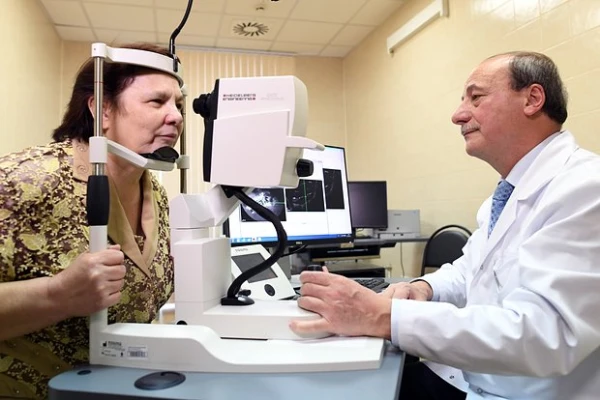
Every October, pensioners eagerly await — as this is when the annual pension indexing takes place. In this regard, the magazine Likums un Taisnība invited the chairperson of the Latvian Pensioners Federation, Aija Barča, for a conversation to find out how she assesses the indexing process, as well as to discuss pensions for length of service, the introduction of a basic pension, and the possible increase in the retirement age.
October Indexing: Good or Bad?
— When it comes to pension indexing, is this October favorable or not for pensioners compared to previous years?
— The pension indexing, which has been conducted in Latvia for many years once a year in October, is generally a positive phenomenon. If last year the calculation used 50% of the average amount of social contributions, this year it is already 100%. This means that those who have worked longer and paid more contributions will receive a higher indexing.
Now the indexing is also conducted taking into account the work experience — not only the one at the time of retirement but also the current one as of today, that is, as of October 1. At the beginning of this year, there were 436.9 thousand recipients of state pensions by age, of which 16% continue to work. This means that their work experience is now greater than at the time of retirement.
Pensions for disability are also subject to indexing. In Latvia, there are about 5 thousand first-group disabled individuals, and 16.8% of them are employed. Among second-group disabled individuals receiving pensions, there are 34 thousand, and the percentage of those working among them is higher — 35.6%. Pensions for loss of breadwinner and pensions for length of service are also indexed. However, social benefits are not indexed — their amount is reviewed annually in January.
— How sustainable is this pension indexing system? Can we expect it to remain in place in a year, five, or ten years?
— I think so. It should be emphasized that the total work experience is also taken into account during indexing. The highest coefficient is applied annually to those whose experience is 45 years or more. But we also have many elderly individuals who have worked for 50 years or more.
Another positive aspect: last year the tax-exempt minimum for pensions was 500 euros, and this year it is already 1000 euros. If the pensioner is disabled, the amount is even higher — for example, for a third-group disabled individual, it is 1000 plus 120 euros.
In our opinion, the current system is quite orderly and fair. Of course, those with a short work experience are dissatisfied, as their coefficient is lower.
— Speaking of small pensions, the issue of introducing a basic pension comes up from time to time. When do you think it could be established and what could its amount be?
— The basic pension in Latvia has essentially been in effect for many years. This money is credited for each year of work experience to every person who has reached the legally established retirement age. Currently, it is 65 years, and one must have at least 20 years of work experience. After that, the state pension by age and an allowance for experience accumulated before December 31, 1995, are calculated.
Currently, our call, which is being discussed in the Saeima and is related to the budget for the coming year, is to start paying an allowance for each year of work experience starting from January 1, 1996, to those pensioners who are 85 years old and older. The Ministry of Welfare has estimated that this would require about 12 million euros per year.
We believe that this requirement and calculation method are very fair. The next step could be to extend this measure to pensioners aged 80 and older, but it is unlikely that this will be feasible next year.
The Ministry of Welfare estimates that the allowance could be about two euros for each year of work experience. If an elderly person has worked for 15–20 years or more after 1996, the increase becomes significant. There are cases where an 85-year-old individual has worked for 30 years after 1996 — for them, it would be a considerable amount.











